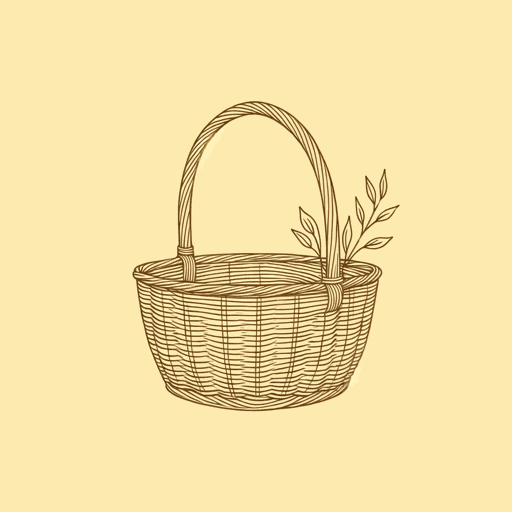21 pages • 42 minutes read
Robert CreeleyA Wicker Basket
Fiction | Poem | Adult | Published in 1991A modern alternative to SparkNotes and CliffsNotes, SuperSummary offers high-quality Study Guides with detailed chapter summaries and analysis of major themes, characters, and more.
Background
Historical Context
At the time of “A Wicker Basket’s” publication in 1958, American culture was undergoing several shifts. Creeley’s poem became a kind of anthem for a certain element of Bohemian American subculture, celebrating as it did the use of drugs, more open sexual mores (e.g., “old friend Liz”), and the open road (Line 16). Postwar America celebrated its economic stability in part by further entrenching its monogamous, Judeo-Christian suburban values. During the 1950s, the power of the American dream was in full swing, and the image of the 2.5 children, white picket fenced, suburban life held a great deal of weight in the American imagination.
Despite the sexual, racial, aesthetic, and economic conservatism of mainstream American culture, a counterculture focused on art and relaxed values was gaining ground. During the 1940s, jazz gave rise to the hipster/hepster movement, a Bohemian subculture focused on exciting new forms of art, sexual openness, and cannabis. In the 1950s, this subculture gave rise to the Beat generation (and eventually, in the 1960s and 1970s, would birth the hippie movement). With its references to marijuana (“Picking up change, hands like a walrus” [Line 5]), sexual freedom (“old friend Liz,” “turns me on” [Lines 16, 20]), and hep slang (“So that’s you, man,” “these cats not making it” [Lines 9, 27]), the titular “wicker basket” (Line 28) of Creeley’s poem serves as a kind of symbol of the counterculture’s understanding of contentment and “making it” (Line 27).


